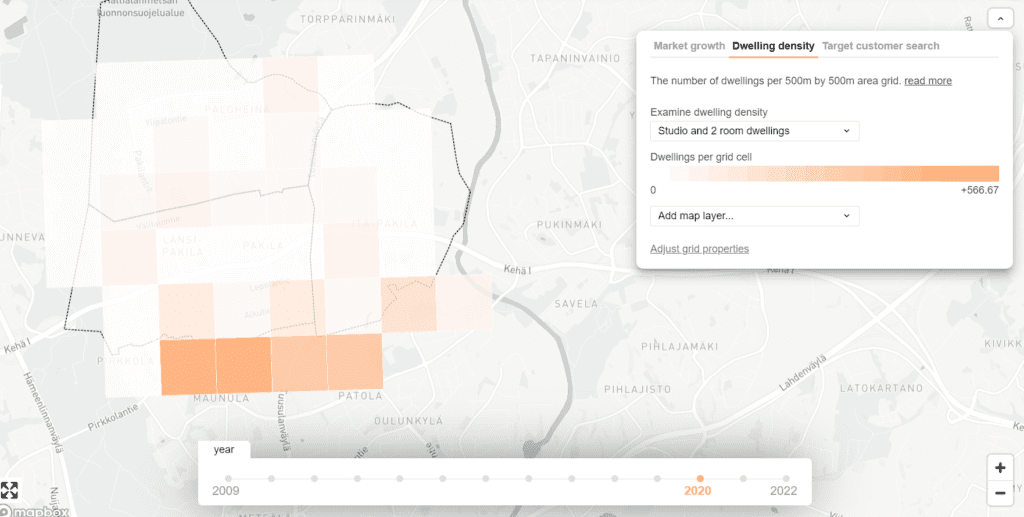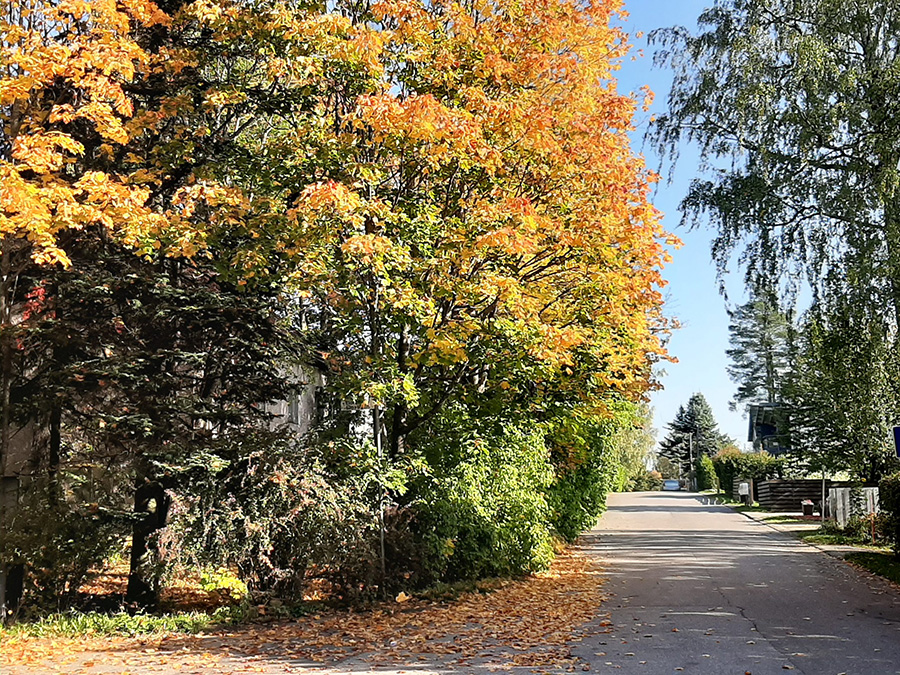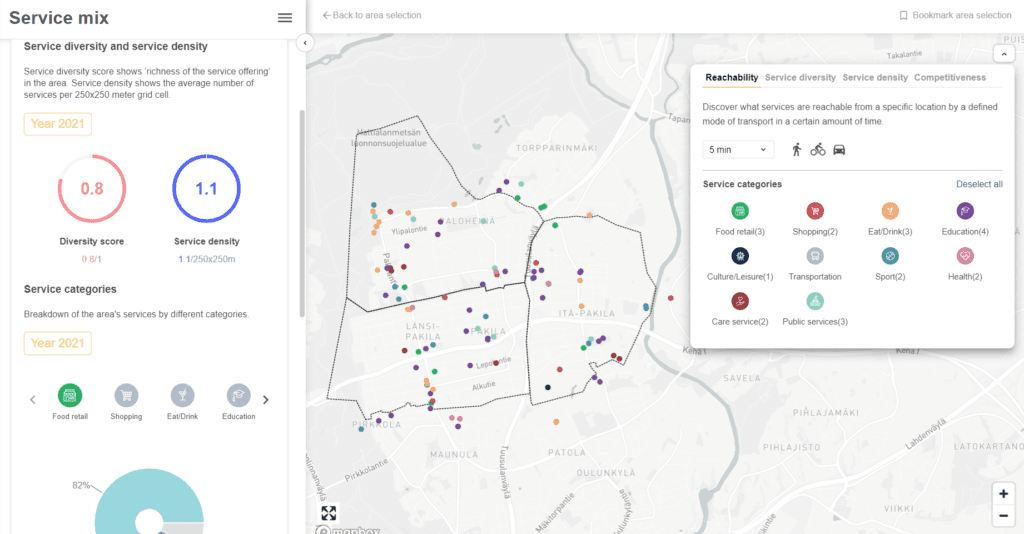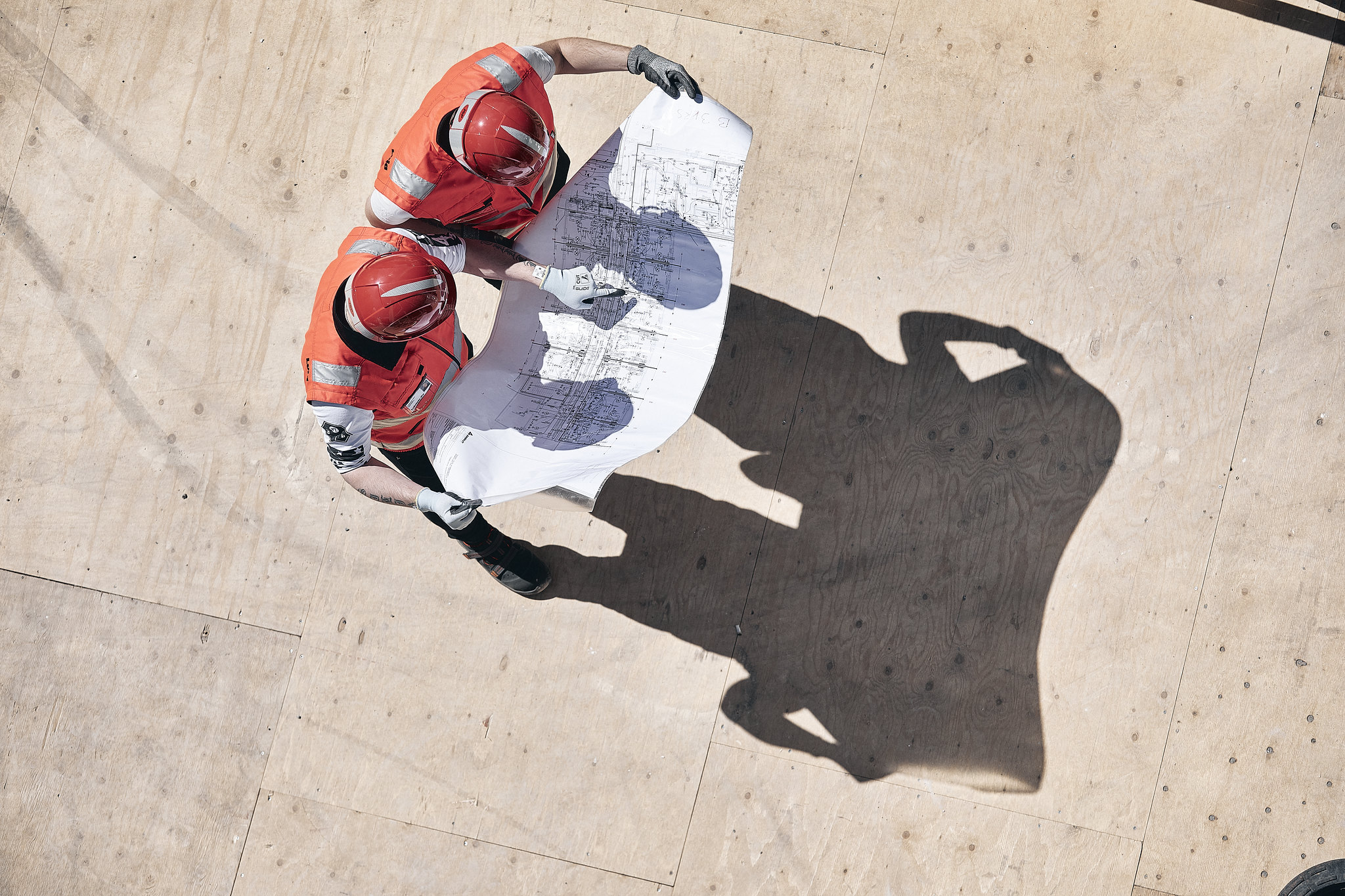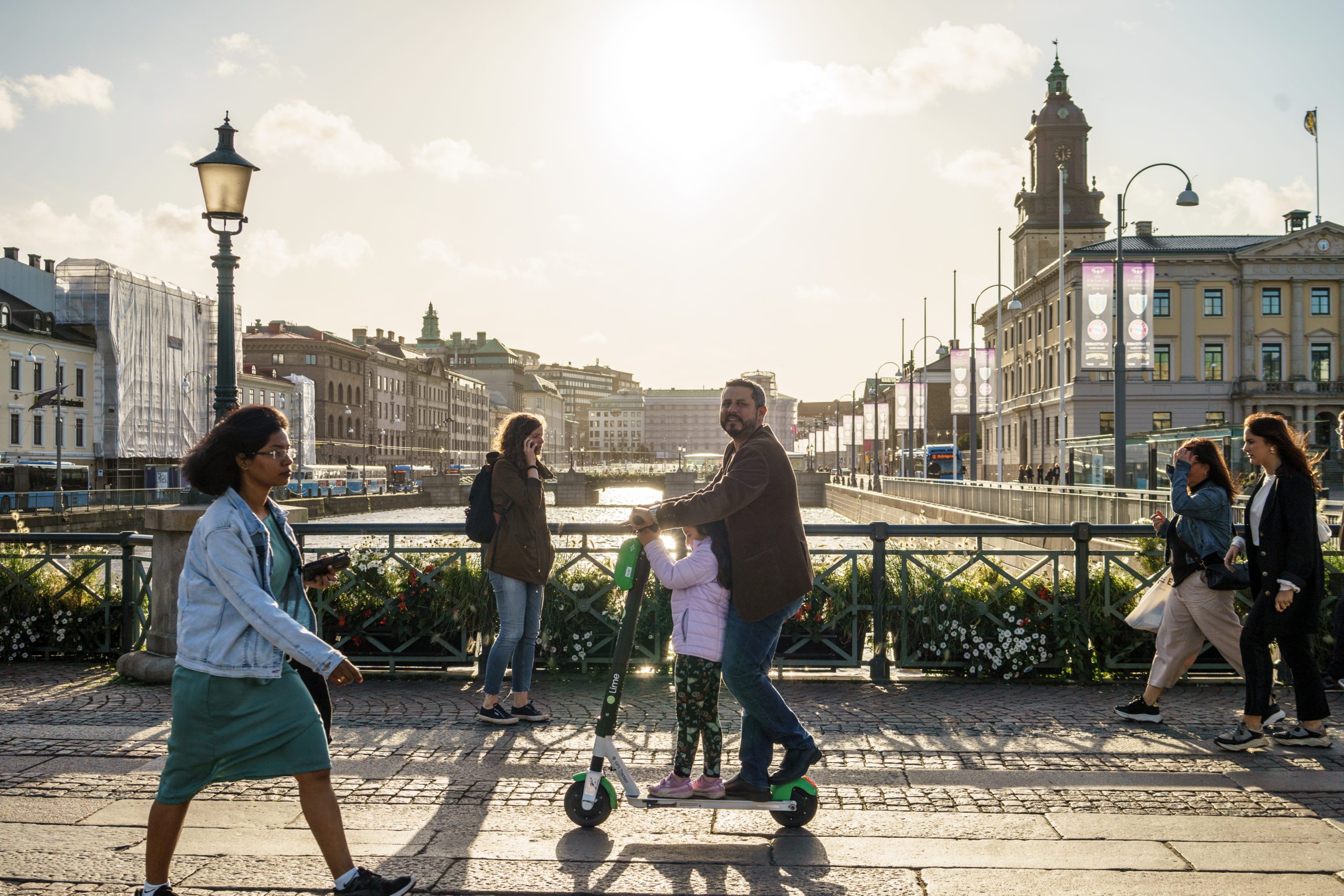

Footfall helps you find the best locations for your business
Data is everywhere and the amount of data has been increasing exponentially. Still, many businesses rely on old-fashioned measures or base their business decisions on gut feelings instead of data.



